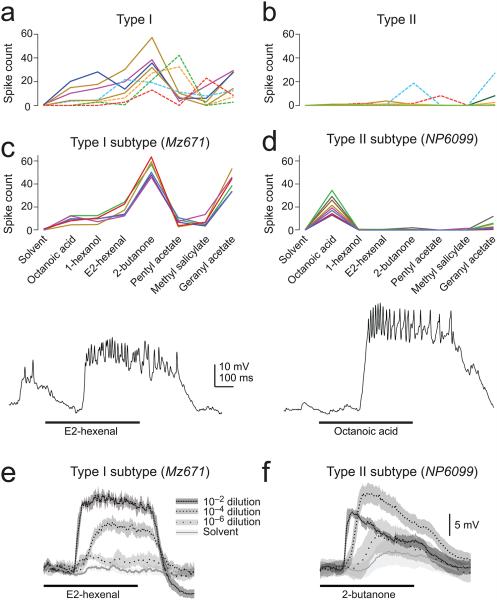Figure 2. Odor selectivity in type I and type II neurons.
a, Odor selectivity in a population of type I neurons. Spikes are counted over a duration of 1 s starting at the odor onset command. Each data point is the trial-averaged response to one odor in one experiment, with a line connecting all the responses from the same experiment (n=4 from GMR48F03-Gal4 [solid] and 4 from GMR73B12-Gal4 [dashed]). All odors are 10−2 dilutions in paraffin oil (solvent), except where noted. Note the relatively broad tuning of type I neurons.
b, Same for a population of type II neurons (n=4 from GMR44G08-Gal4 [solid] and 4 from GMR12H12-Gal4 [dashed]; note that some neurons did not spike in response to any odor, but all showed subthreshold responses). Tuning is significantly narrower in type II neurons as compared to type I neurons (unpaired two-tailed t-test comparing lifetime sparseness [see Methods], P<0.01).
c, Within a subtype of type I neurons (labeled by Mz671-Gal4), odor selectivity is stereotyped (n=6). The trace shows a typical in vivo whole-cell current clamp recording from one of these neurons. In all figures, a thick horizontal line indicates the 500-ms period when the odor valve was open.
d, Same as panel c but for the subtype of type II neurons labeled by NP6099-Gal4 (n=8). The trace shows a typical recording from one of these neurons. Tuning is significantly narrower in NP6099 neurons as compared to Mz671 neurons (unpaired two-tailed t-test, P<10−7).
e, Responses to an odor concentration series. Traces are averaged across trials and neurons (± s.e.m. across neurons). Responses are steady over time and grow monotonically with concentration.
f, Same as panel e for NP6099 neurons (n=8). Responses are more transient and are suppressed at high concentrations, suggesting the recruitment of inhibition.

